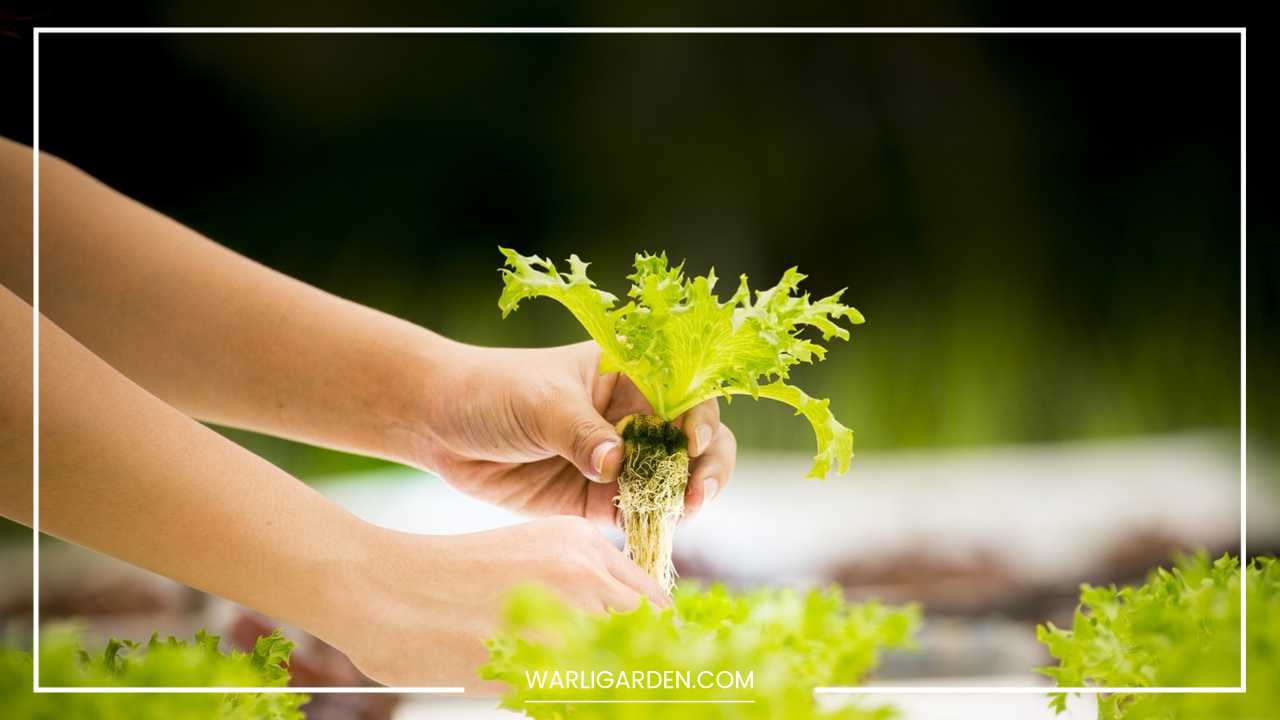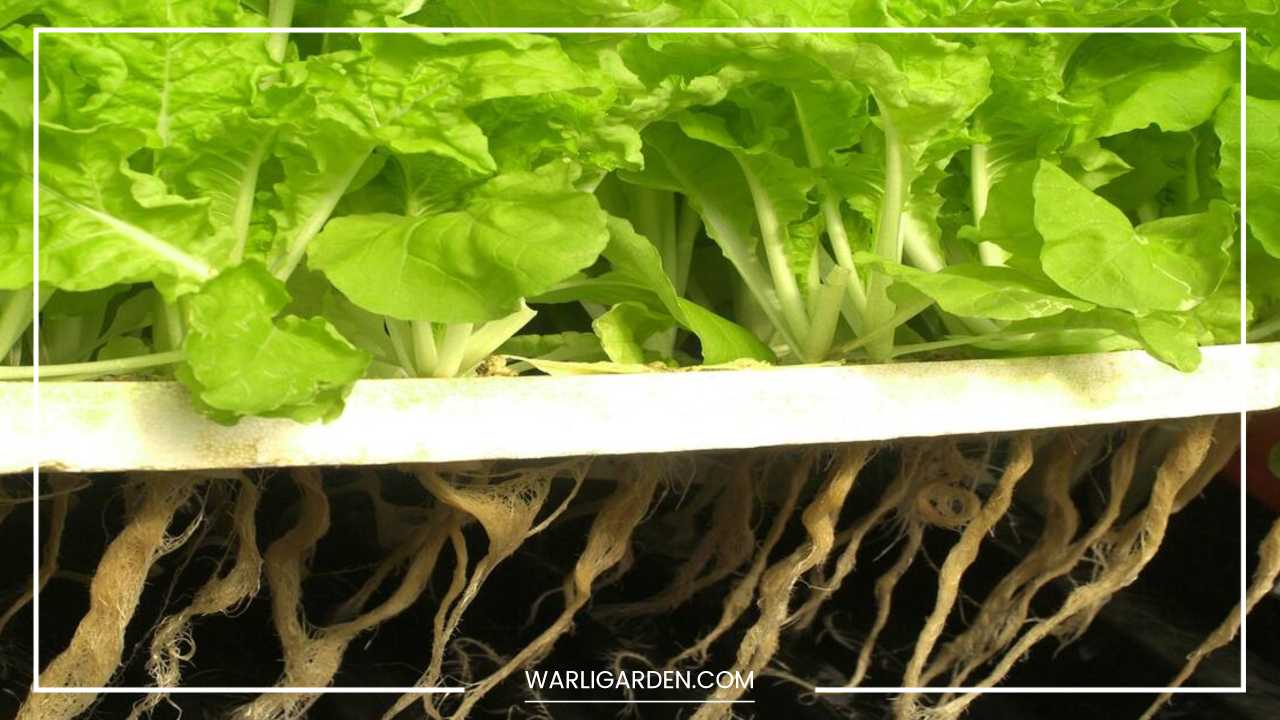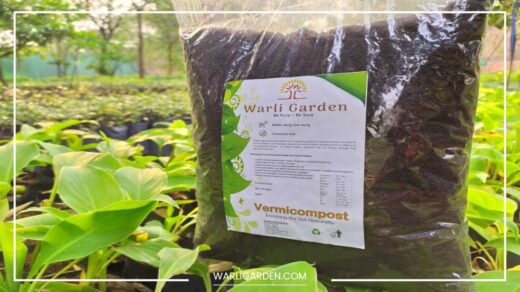What is Hydroponics Farming?

Hydroponics Farming
What is Hydroponics Farming?
Hydroponics farming, a method of growing plants without soil, is revolutionizing agriculture. By delivering nutrients directly to the roots in a water-based system, hydroponics offers a controlled environment for optimal plant growth.
This article delves into the world of hydroponics, exploring its types, applications in India, project considerations, advantages and disadvantages, costs, and even home-based setups.
Types of Hydroponics Farming
There are several hydroponic systems, each with its own advantages:
-
Nutrient Film Technique (NFT): A popular choice, NFT involves a thin film of nutrient solution continuously flowing past the plant roots suspended in a trough. This method offers excellent oxygenation and efficient nutrient delivery.
-
Deep Water Culture (DWC): Plants are suspended in a continuously aerated nutrient solution reservoir. Simple to set up, DWC is ideal for leafy greens.
-
Ebb and Flow (Flood and Drain): A cyclic system where the growing medium (e.g., rockwool) is flooded with nutrient solution and then allowed to drain. This method offers good aeration and is versatile for various plants.
-
Aeroponics: Plant roots are misted with a nutrient solution in an enclosed environment. This method provides excellent oxygenation but requires precise control of misting cycles.
-
Aquaponics: Combines hydroponics with aquaculture (raising fish). The fish waste provides nutrients for the plants, while the plants filter the water for the fish. This creates a sustainable closed-loop system.
Hydroponics Farming in India
India, with its diverse climate and growing population, is witnessing a surge in hydroponics farming. This method offers several advantages in the Indian context:
-
Water Conservation: Hydroponics uses significantly less water compared to traditional soil-based agriculture, a crucial benefit in water-stressed regions.
-
Year-Round Production: Controlled environments allow for consistent production irrespective of season or weather, ensuring a reliable supply of fresh produce.
-
Reduced Land Usage: Hydroponics can be set up in urban areas or on rooftops, maximizing production in limited spaces.
-
Improved Quality: Hydroponic systems minimize exposure to pests and diseases, resulting in cleaner and healthier produce.
The Government of India is also recognizing the potential of hydroponics, with initiatives like the National Horticulture Mission promoting its adoption.

Hydroponics Farming
Hydroponics Farming Project: Considerations
Starting a hydroponics project requires careful planning. Here are some key factors to consider:
-
Scale: Decide on the size and scale of your operation. Will it be a home-based project or a commercial venture?
-
Crop Selection: Choose crops suitable for hydroponics, considering factors like market demand and ease of growth. Leafy greens and herbs are popular choices for beginners.
-
System Selection: Research different hydroponic systems and choose one that aligns with your budget, available space, and crop selection.
-
Nutrient Management: Understanding nutrient solution composition and maintaining proper pH and EC (electrical conductivity) levels are crucial for plant health.
-
Lighting: Depending on the chosen system and crops, artificial lighting may be necessary to provide the required light intensity and duration.
-
Environmental Control: Factors like temperature, humidity, and ventilation need to be monitored and controlled for optimal plant growth.
Advantages of Hydroponics Farming
Hydroponics offers several advantages over traditional soil-based agriculture:
-
Increased Yields: Controlled environments and efficient nutrient delivery can lead to significantly higher yields compared to soil cultivation.
-
Reduced Water Usage: As mentioned earlier, hydroponics utilizes significantly less water, making it a sustainable solution in water-scarce regions.
-
Faster Growth Cycles: Precise control of nutrients and environmental factors can accelerate plant growth cycles, leading to more harvests per year.
-
Minimal Land Use: Hydroponics can be set up vertically, maximizing production even in limited spaces like rooftops or urban environments.
-
Reduced Need for Pesticides: The controlled environment minimizes pest and disease problems, often eliminating the need for chemical pesticides.
-
Improved Produce Quality: Consistent monitoring of nutrients and environmental factors can lead to higher quality and more uniform produce.
Disadvantages of Hydroponics Farming
While offering numerous benefits, hydroponics also has some drawbacks:
-
Higher Initial Investment: Setting up a hydroponics system requires an initial investment in equipment, including pumps, timers, and potentially climate control systems.
-
Technical Knowledge Required: Understanding nutrient management, system maintenance, and environmental control is crucial for successful hydroponic farming.
-
Susceptibility to Power Outages: Reliance on pumps and other electrical equipment makes hydroponic systems vulnerable to power outages that can damage crops.
-
Higher Maintenance Needs: Hydroponic systems require regular monitoring and maintenance of nutrient levels, pH, and equipment functionality.
-
Limited Crop Suitability: Not all crops are well-suited for hydroponics. Plants with deep root structures or those requiring specific soilborne nutrients may not thrive in this system.
-
Potential for Waterborne Diseases: The closed-loop nature of hydroponics can increase the risk of waterborne diseases spreading quickly throughout the system, potentially affecting all plants.
-
Debatable Nature of Organic Certification: While hydroponically grown produce can be free of pesticides and herbicides, some debate surrounds whether it qualifies as “organic” due to the reliance on nutrient solutions.
Hydroponics Farming Cost
The cost of hydroponics farming varies depending on the scale of the operation, chosen system, and required equipment. Here’s a breakdown:
-
Small-scale home setups: Costs can be relatively low, starting from a few hundred dollars for basic NFT or DWC systems.
-
Commercial setups: Costs can range from thousands to tens of thousands of dollars for larger systems with automation and environmental controls.
While the initial investment might be higher than traditional farming, the potential for increased yields, water savings, and faster growth cycles can lead to long-term cost benefits.
Hydroponics Farming at Home
Hydroponics isn’t just for commercial farms. Setting up a small hydroponics system at home allows you to grow fresh, healthy produce year-round, even with limited space. Here’s what you’ll need:
-
Hydroponic System: Choose a beginner-friendly system like NFT or DWC. Kits are readily available online or at gardening stores.
-
Grow Container: Depending on the system, you might need containers for the nutrient solution and a growing medium like rockwool.
-
Nutrient Solution: Purchase a pre-mixed hydroponic nutrient solution suitable for your chosen crops.
-
Lighting: Depending on your location and chosen system, artificial lights might be necessary to provide sufficient light for plant growth.
-
pH Meter and EC Meter: These tools are crucial for monitoring the nutrient solution’s pH and electrical conductivity, ensuring optimal plant health.
With proper planning and care, you can enjoy the benefits of hydroponics farming in the comfort of your own home.
Vertical Hydroponics Farming
Vertical hydroponics leverages vertical space to maximize production, making it ideal for urban areas or locations with limited land availability.
Plants are stacked vertically in a system with cascading channels or pockets where the nutrient solution flows. This method offers several advantages:
-
Increased Production per Square Foot: Vertical systems allow for significantly higher yields compared to traditional farming on the ground.
-
Space Optimization: This method is perfect for maximizing production in urban settings or areas with limited land resources.
-
Improved Efficiency: Vertical systems often have automated features for nutrient delivery and environmental control, minimizing labor requirements.
In conclusion, hydroponics farming offers a revolutionary approach to agriculture. With its potential for increased yields, water conservation, and consistent production, this method is gaining traction worldwide.
From large-scale commercial farms to home-based setups, hydroponics presents exciting possibilities for the future of sustainable food production.
Hydroponics Farming Training
Given the technical aspects of hydroponics, training and education play a crucial role in its successful implementation. Here are some resources to consider:
-
Online Courses: Numerous online platforms offer hydroponics courses covering topics like system setup, nutrient management, and pest control. These courses range from beginner-friendly to advanced levels.
-
Books and Articles: Several publications delve into the science and practice of hydroponics. These resources provide valuable insights and troubleshooting tips.
-
Workshops and Seminars: Attending workshops or seminars hosted by hydroponics companies or agricultural extension services can offer hands-on learning experiences and allow you to network with other hydroponic farmers.
-
Consulting Services: Hiring a consultant experienced in hydroponics can be beneficial, especially for those starting large-scale operations. Consultants can provide guidance on system design, crop selection, and ongoing management practices.
The Future of Hydroponics Farming
Hydroponics is a rapidly evolving field with continuous advancements in technology and techniques. Here are some exciting trends shaping the future of hydroponics:
-
Automation and Integration: Increased automation in nutrient delivery, environmental control, and monitoring systems will further enhance efficiency and optimize plant growth conditions.
-
Integration with Artificial Intelligence (AI): AI-powered systems can analyze data on plant growth, nutrient levels, and environmental parameters to provide real-time adjustments and optimize yields.
-
Precision Agriculture: Hydroponics is well-positioned to benefit from precision agriculture techniques, using sensors and data analysis to tailor nutrient delivery and environmental conditions for specific plant needs.
-
Renewable Energy Integration: Powering hydroponic systems with renewable energy sources like solar or wind power can create a more sustainable and environmentally friendly approach to food production.
-
Urban and Peri-urban Farming: The use of vertical hydroponics systems in urban and peri-urban areas will play a significant role in providing fresh, local produce to growing urban populations.
In conclusion, hydroponics offers a promising solution for addressing the challenges of food security, water scarcity, and sustainable agriculture.
With ongoing research and development, this innovative method holds immense potential for reshaping the future of food production.


